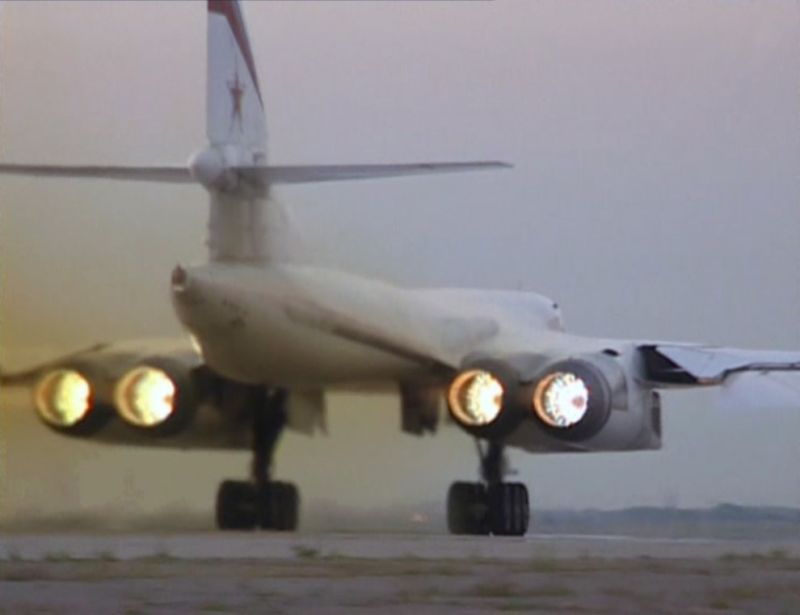
This is the most powerful afterburning engine fit to a military jet. But believe it or not, in cruise, the TU-160 burns less than the B-52 and can hang up there for fifteen hours. But on takeoff? Pretty much only a space launch burns more gas....and the B-1 is not much better.
Its called the NK32 engine. At full burn it’s turning 93,000 pounds of fuel per hour into 55,000 pounds of thrust and noise. Combined across all four, that’s 370,000+ pounds of fuel per hour burn rate; all coming out of a nozzle you can stand upright within. Thats over 1,600 pints of beer drunk every SECOND! This plane is much, much larger than a B-1, which has smaller and more efficient engines....but not on takeoff.
SFC you may have heard about. It’s used in car engines and Jets and any device that converts a weight of fuel into power. A gas engine is .4 to .5 pounds of fuel per hour per horsepower. Diesels see way into the low or sub .3 area. Early military Jets were 1.4 (me262) and now are around .6 or just under (b-1 and newest gen stuff) but when afterburners appeared in the 50's, it was like attaching a dumpster fire to the back and burner tech really hasn’t improved.
The F-100 supersabre afterburner burned 2.1 pounds per pound of thrust. F-4 Phantom is 1.9 (same in the sr-71) and the Mig-25 had a whopping 2.7 (was practicly an alcohol cooled rocket jet) Think about that. This device just dumps fuel into a BBQ pit and makes pressure for thrust. What I found alarming was that the B-1 with 80's era engines are hardly better that a 50's era fighter. It has a 2.0 sfc on burner, sucking 302,000 pounds of fuel per hour on takeoff, which is horrible, but that’s alright as theres air refuelling it can use, assuming that infrastructure is available in a conflict. The TU-160 may burn twice more in cruise but is way more efficient on takeoff (1.7 on burn) considering the load to ship out, is completely independent of a refueller, and can deliver a 100,000 pound end-your-day load 50% farther away with it’s massive 130 ton fuel capacity. That’s the same amount UPS burns to fly packages from Japan to Louisville in a DC-10. Looking at payload delivery effictiveness, that 160 is actually impressing! Not just another copy of Western stuff, and an engineering job well done.
Mush Respek.